A new year brings new beginnings to our garden too. It’s an opportunity to reflect on what went well and how we can make improvements in 2023. If you’re looking for new directions, here are ten resolutions to reduce your workload, enhance your design, and make your garden more eco-friendly!
Grow More Native Plants
As longtime residents of New Hampshire, native plants often require less maintenance than garden cultivars, and are more resilient to environmental stressors, like drought and pests. They’re also beneficial to native birds and wildlife, and provide gifts of tea, herbs, and food to us too. Plus, they express the unique beauty of our natural landscapes!
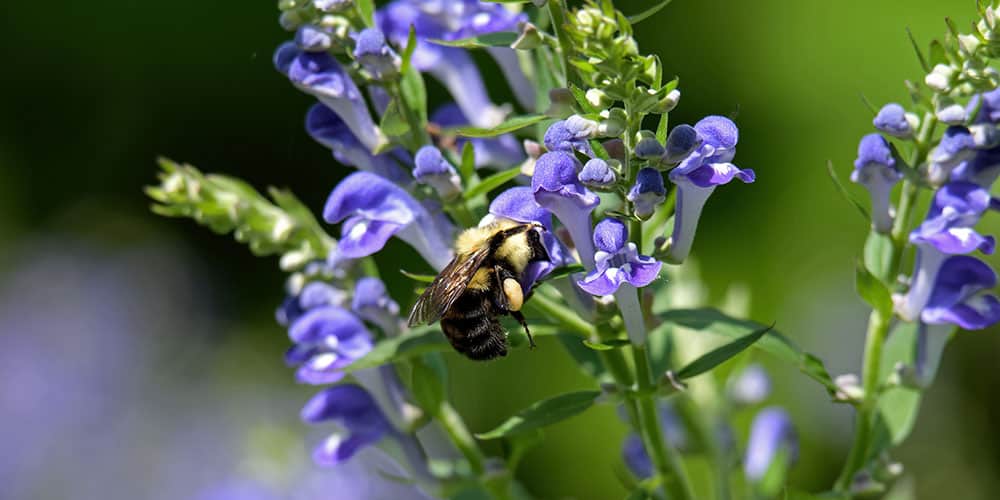 Increase Your Pollinator Habitat
Increase Your Pollinator Habitat
Anytime you attract a greater diversity of insects to your garden you’ll increase its resilience, boost natural pest control, and help reverse the trend of pollinator decline in our larger ecosystems. Pollinators are especially important to enhance the yields of your fruit, berries, nuts, and vegetables. Growing more native species, having blooms in each season, and providing overwintering habitats are a few of the many ways to attract beneficial insects.
Have Blossoms in Every Season
Spring is not the only time for flowers. In fact, the most beautiful gardens have blooming plants throughout the whole growing season. The nectar is also essential to feed bees, butterflies, hummingbirds, and more from spring to fall. So, flip through your memories of last season, see where you have gaps between blooms, and research plants to fill in the intervals.
 Plant in Empty Spaces
Plant in Empty Spaces
Take a look at the empty places in your landscape and see if you can make them blossom with new flowers, vegetables, shrubs, or trees. Any vacant spot is an opportunity to enjoy more color, scent, vegetables, and nourishment for the birds and bees. More life in your garden feels more inspiring and looks more beautiful too.
Take Advantage of Groundcovers
What is it about professional gardens that seem to be overflowing with life? A common trend is the use of groundcovers. Nestled in between perennials, these low-lying plants provide a carpet of flowers that often blossom for many months. By covering the ground, they also hold in moisture and prevent the growth of weeds. Check out creeping phlox, creeping thyme, lamium, or sedum!
 Use Companion Planting
Use Companion Planting
Far from a new trend, companion planting is a gardening technique that humans have been using for thousands of years. It takes advantage of beneficial relationships between plants to boost natural pest control, enhance yields, and cycle nutrients. Planting marigolds near vegetables to ward off pests is one of many examples. Research ideal combinations for your favorite garden plants and take advantage of them this year!
Start a Compost Pile
Composting is another long-standing garden trend that’s not going away anytime soon. It’s arguably an essential part of reusing plant material and replenishing nutrients in your soil. Compost doesn’t have to be stinky either. In fact, a healthy compost pile should have a rich, earthy smell. The key is to have the correct proportions of nitrogen and carbon, and to turn it often.
 Better Water Management
Better Water Management
Save yourself the effort and reduce your footprint with better water management. Setting up timers, using drip irrigation lines, mulching your gardens, and watering in the morning rather than midday can all help conserve water. On the other hand, planting rain gardens and ensuring proper sloping helps manage excess water on your landscape.
Grow Plants in the Right Places
Every plant has its preferred home, whether in shade or sun, or dry or wet spots. Often, many plants still grow even if their conditions are not ideal, but they’ll be more work to water, more prone to pests, and won’t look their best. You can let your plants reduce your workload by ensuring they are in the right spot. Research any plants that were suffering last year and transplant them this season, if necessary.
 Start a Phenology Practice
Start a Phenology Practice
The key to eco-friendly gardening is to take advantage of the natural features in your landscape and mesh your garden with the larger ecosystem around you. Both of these practices hinge on knowing your land in a deep way—that’s where phenology comes in. It’s the practice of observing the activities of wildlife, insects, plants, and weather throughout the seasons. Just by observing and recording what’s going on around you, you’ll get ideas of how to improve your garden and integrate it into the ecosystem. Plus, phenology is an enjoyable practice on its own!
For more ideas on new gardening directions in 2023, feel free to visit our garden center in Moultonborough, New Hampshire, and follow us on Facebook or Instagram for updates and featured products!


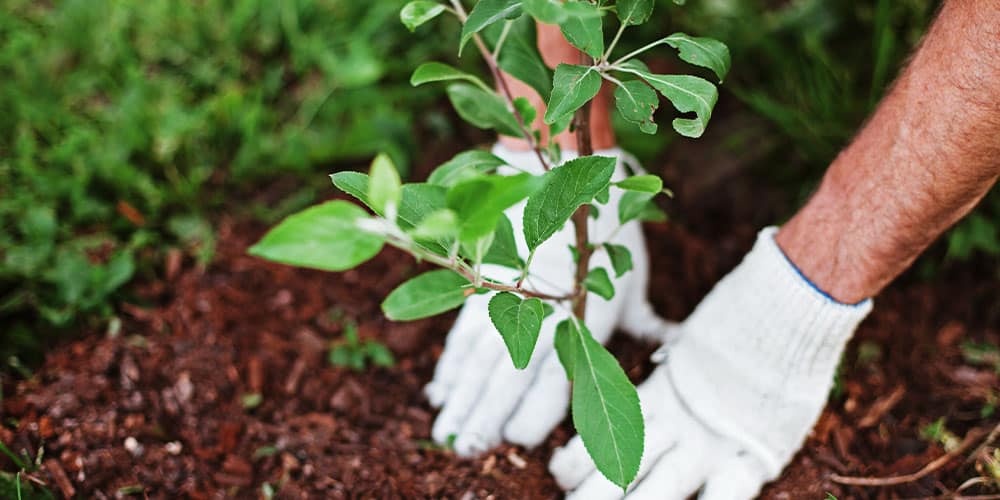 Plant in Empty Spaces
Plant in Empty Spaces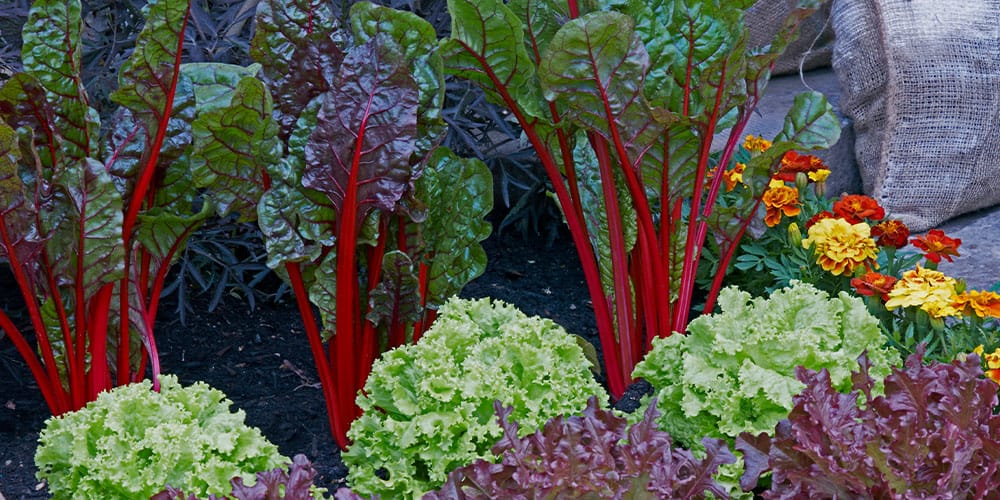 Use Companion Planting
Use Companion Planting 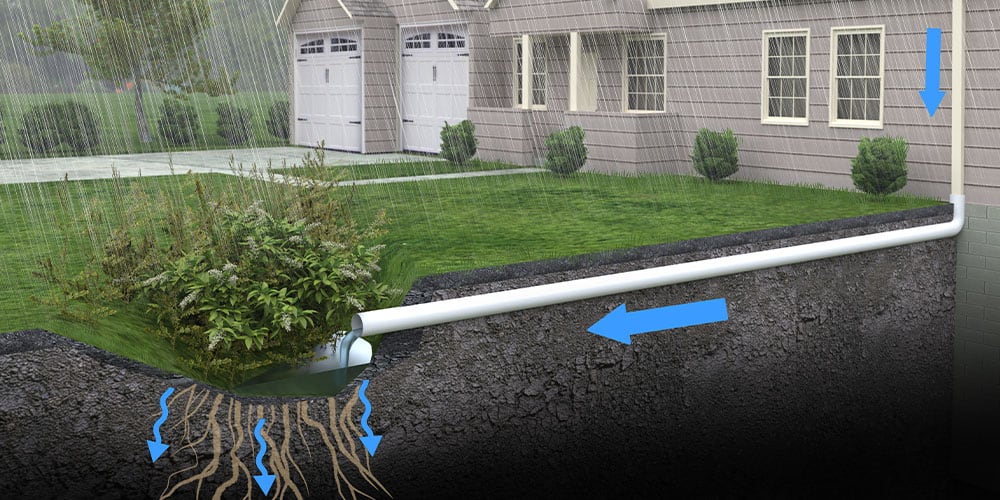 Better Water Management
Better Water Management 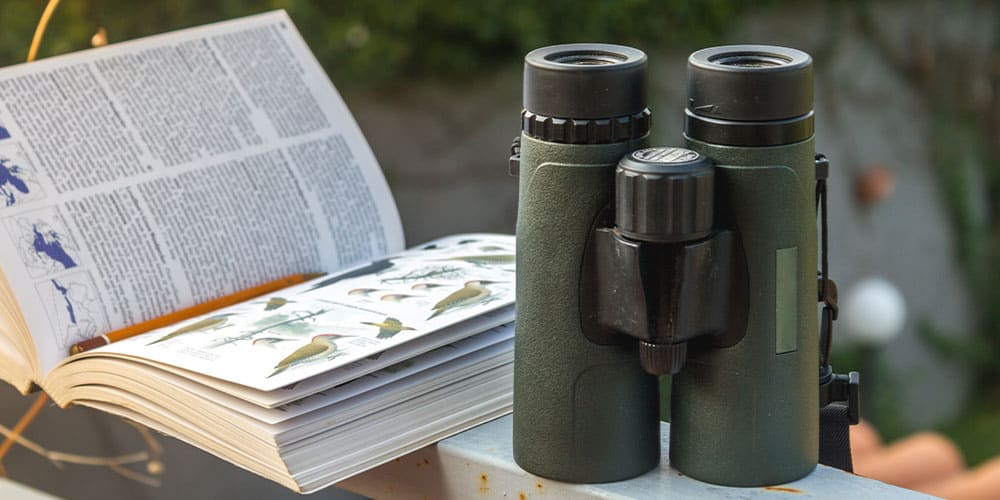 Start a Phenology Practice
Start a Phenology Practice 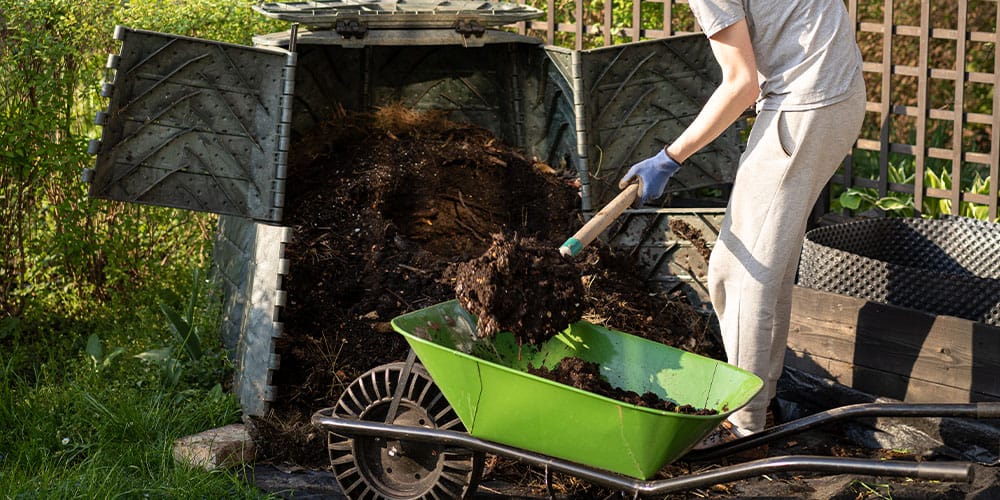 How to Add Compost to Tree Beds
How to Add Compost to Tree Beds 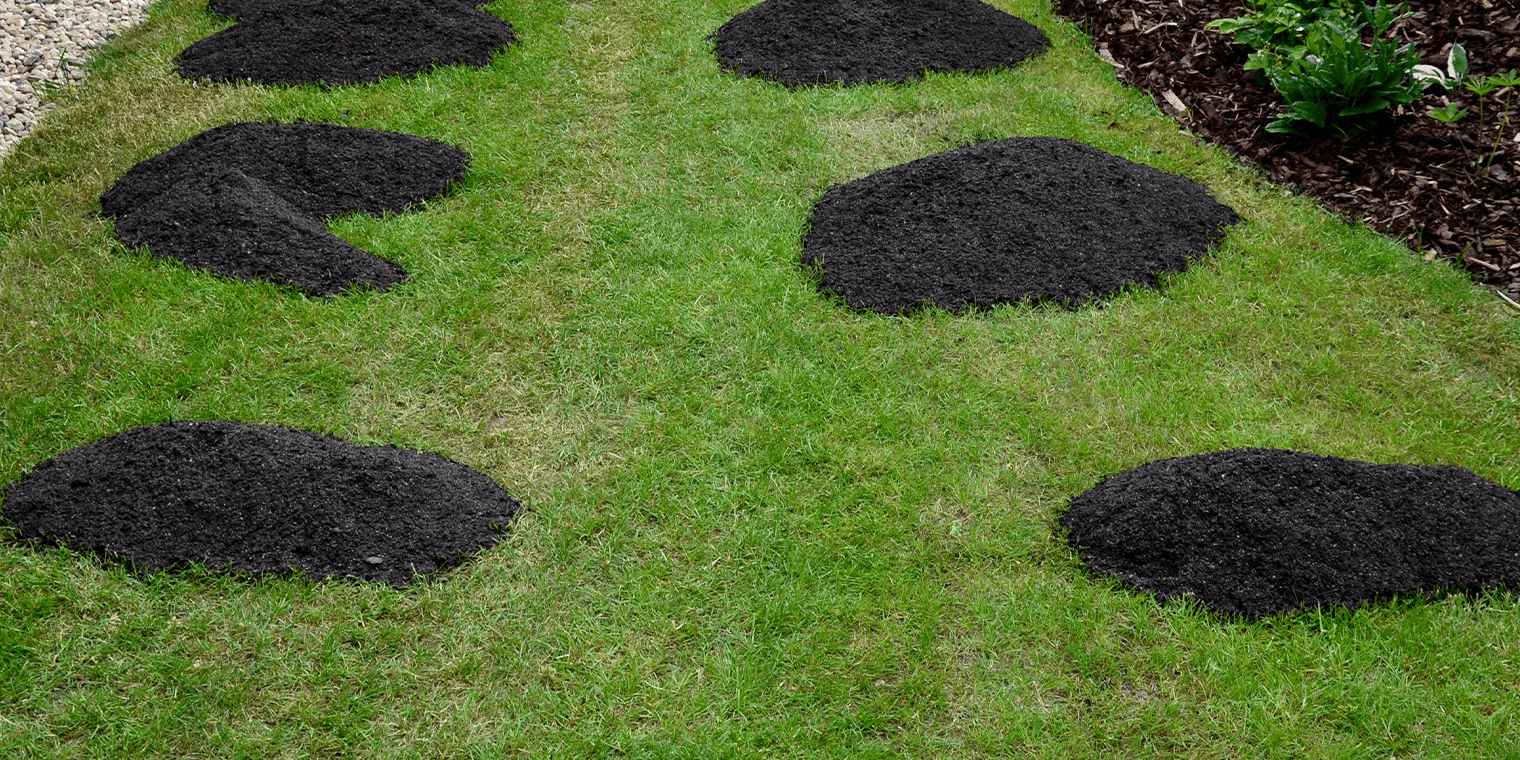 The best time to topdress your lawn with compost is right after aerating, but you can topdress anytime when the ground is not frozen. You can apply compost every spring when the lawn is just beginning to green up and in late autumn when the leaves are starting to fall; this will keep your grass looking beautiful all year! You can spread it across small yards with a compost wheel or peat spreader or use your hands to sprinkle it evenly.
The best time to topdress your lawn with compost is right after aerating, but you can topdress anytime when the ground is not frozen. You can apply compost every spring when the lawn is just beginning to green up and in late autumn when the leaves are starting to fall; this will keep your grass looking beautiful all year! You can spread it across small yards with a compost wheel or peat spreader or use your hands to sprinkle it evenly. 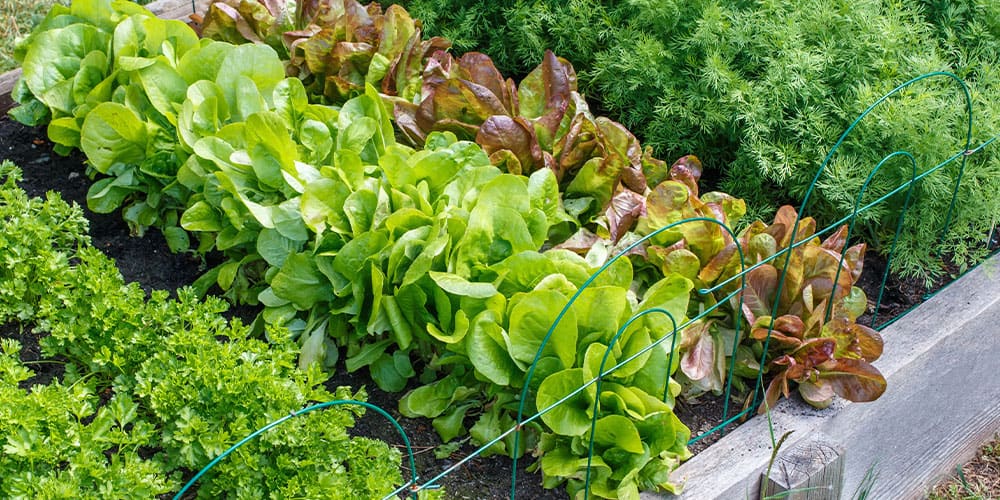 Use Compost in a Veggie Garden
Use Compost in a Veggie Garden 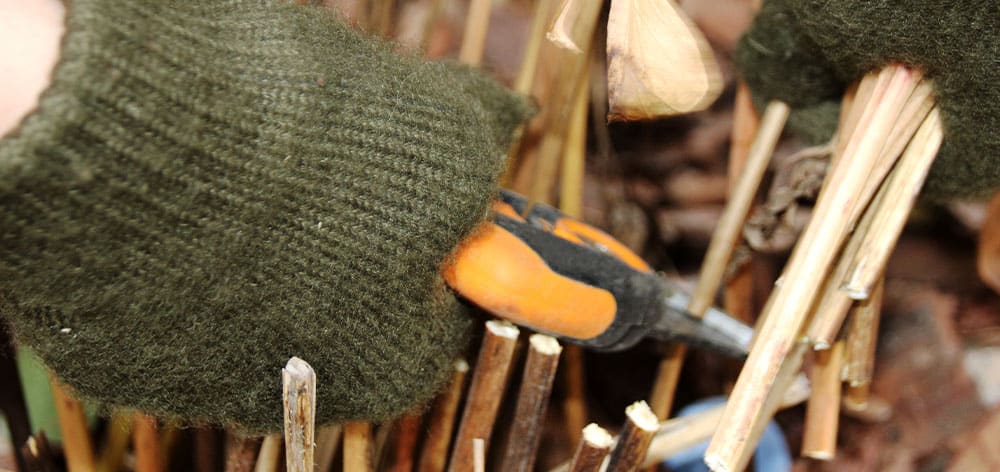 Once the leaves go brown in the fall, you can cut the stems back to the ground. Be careful not to cut so close as to damage the crown of the plant, as this is where new growth will arise next spring. Letting the leaves and stems stay on the plant over winter invites fungi, which can damage your peonies.
Once the leaves go brown in the fall, you can cut the stems back to the ground. Be careful not to cut so close as to damage the crown of the plant, as this is where new growth will arise next spring. Letting the leaves and stems stay on the plant over winter invites fungi, which can damage your peonies. 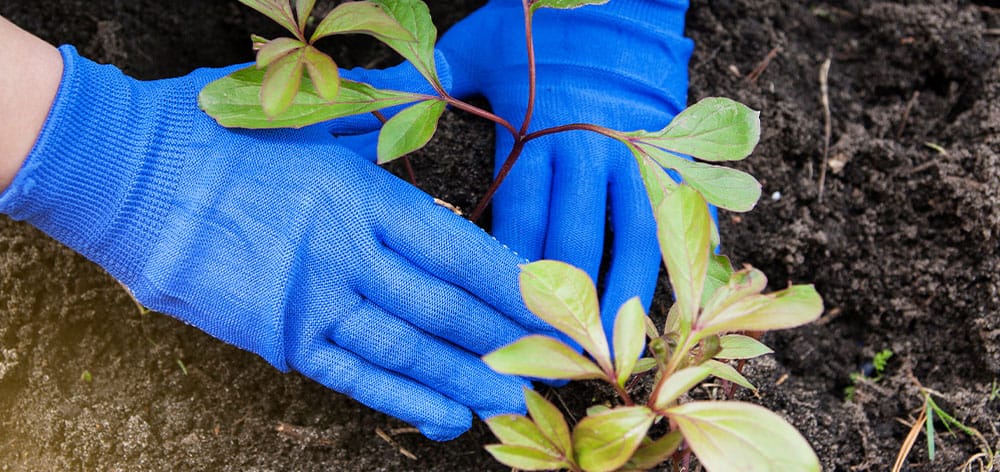 When to Plant Peonies
When to Plant Peonies 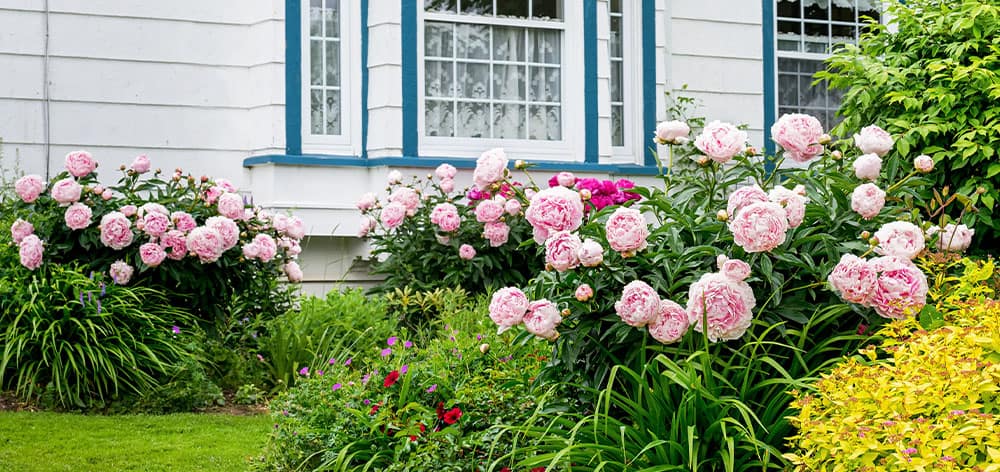 How to Make Your Peonies Comfortable
How to Make Your Peonies Comfortable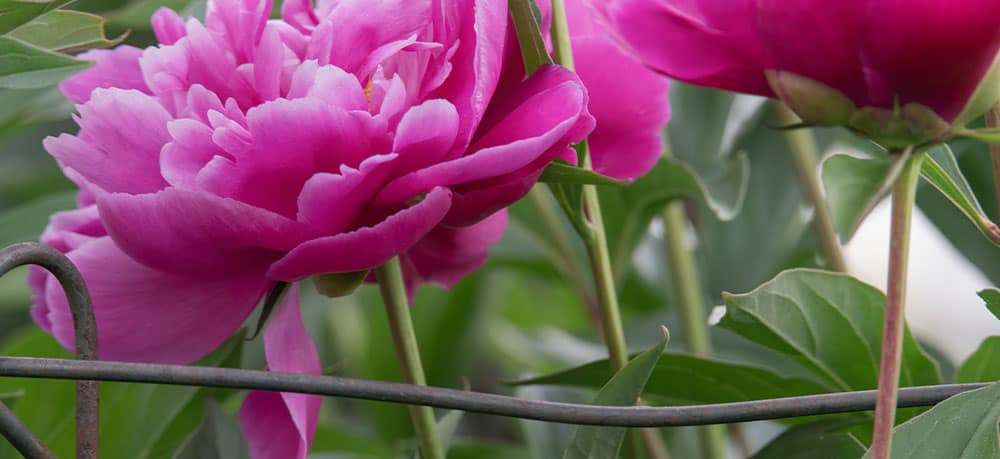 Tips for Summer Care
Tips for Summer Care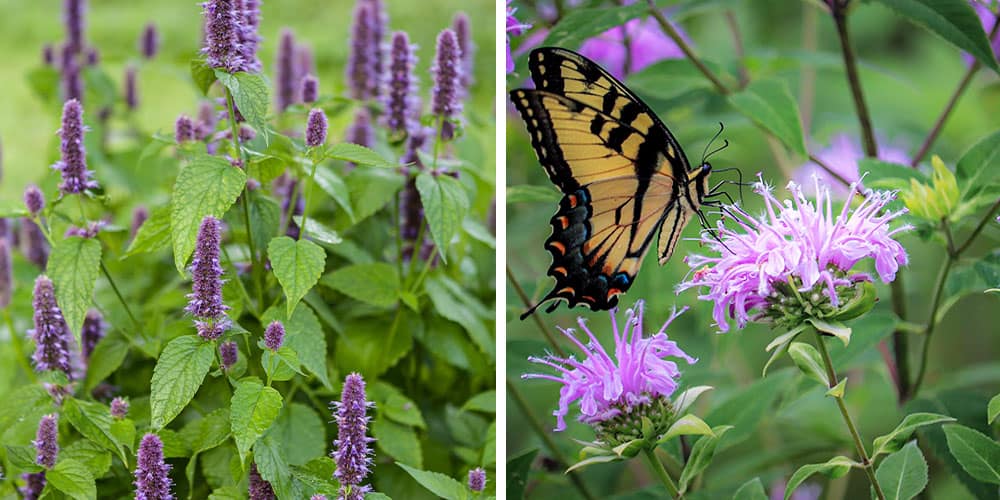 Wild Bergamot
Wild Bergamot 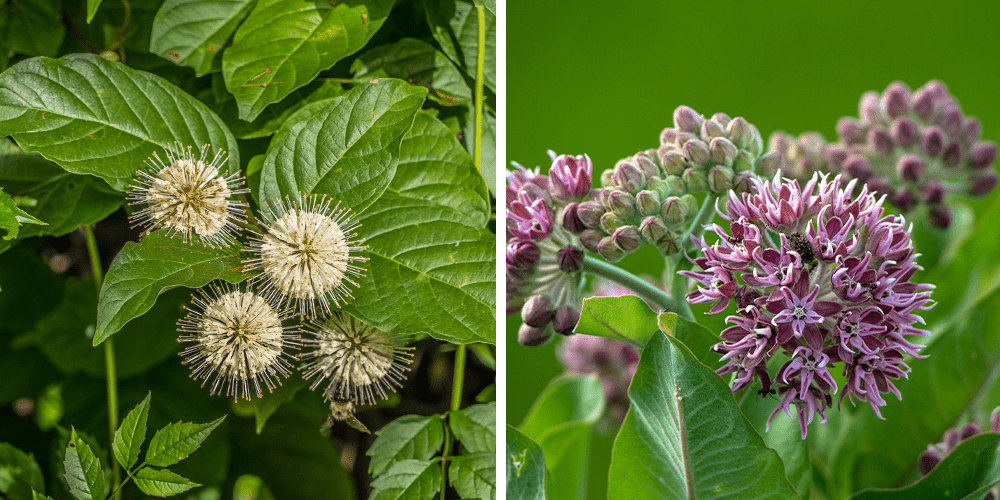
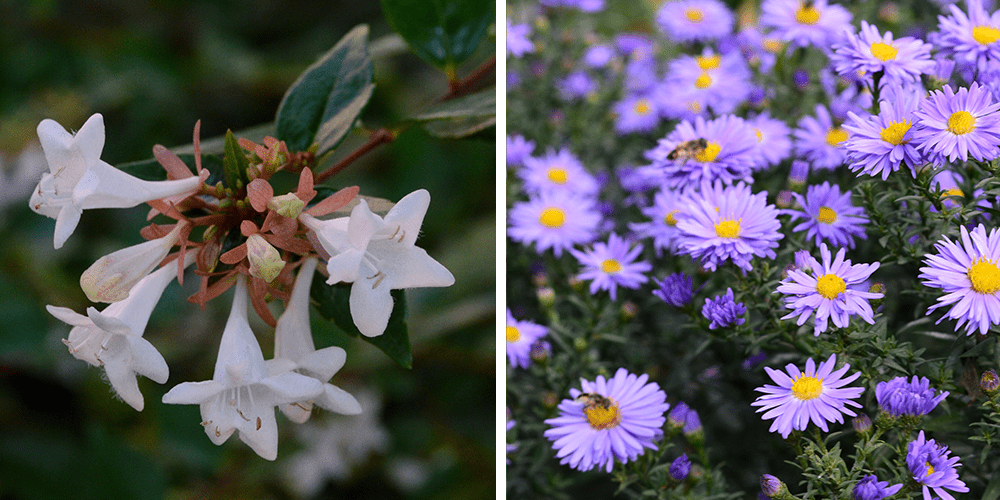 Aromatic Aster
Aromatic Aster